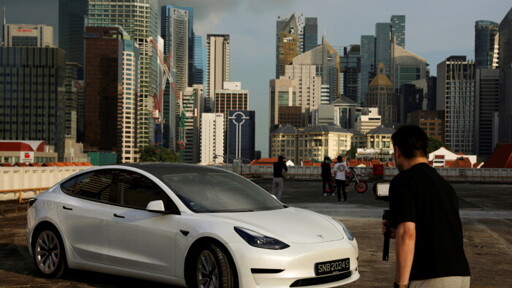In Denmark when a car reaches 6 years, it needs to be safety checked to be used on the roads. After that it’s every 2nd years.
Tesla model 3 managed these safety checks extremely poorly, with 3 times the average failure rate.
In total, 1,392 errors were found on the Tesla model, which is three times as many compared to the other electric cars.
If you don’t have a translate page button (to your own language), You may want to switch to Firefox. I’m showing the original page in danish, because danish is delicious.



Ouch.
Brakes not passing the inspection is actually pretty “normal” for electric cars. The brakes see very little use due to regenerative braking and the disks start to rust. A large amount of vehicles fails the TÜV because of that here in Germany.
I had something like this on my hybrid, but it was fortunately spotted when I had my winter tires put on.
The problem was rust between the calipers and pads, which meant that the pads could come loose from even a mild impact.
In English: The cars are particularly prone to failure in the fault groups “braking equipment”, “lighting equipment”, “axles, wheels and tires” and “steering equipment”.
Tesla braking systems are regenerative, so more complex than non-regen brakes. The other three categories should be bog-standard.
It’s not clear if categories such as batteries, electric motors, bodywork, etc are omitted because they’re OK or because the Danish authorities don’t regard them as safety-critical in the same way.
Thanks, that’s really bad, where did you find that?
https://fdm.dk/nyheder/bilist/2025-01-populaer-tesla-model-dumper-med-et-brag-til-syn
Thanks, I should have posted that instead.